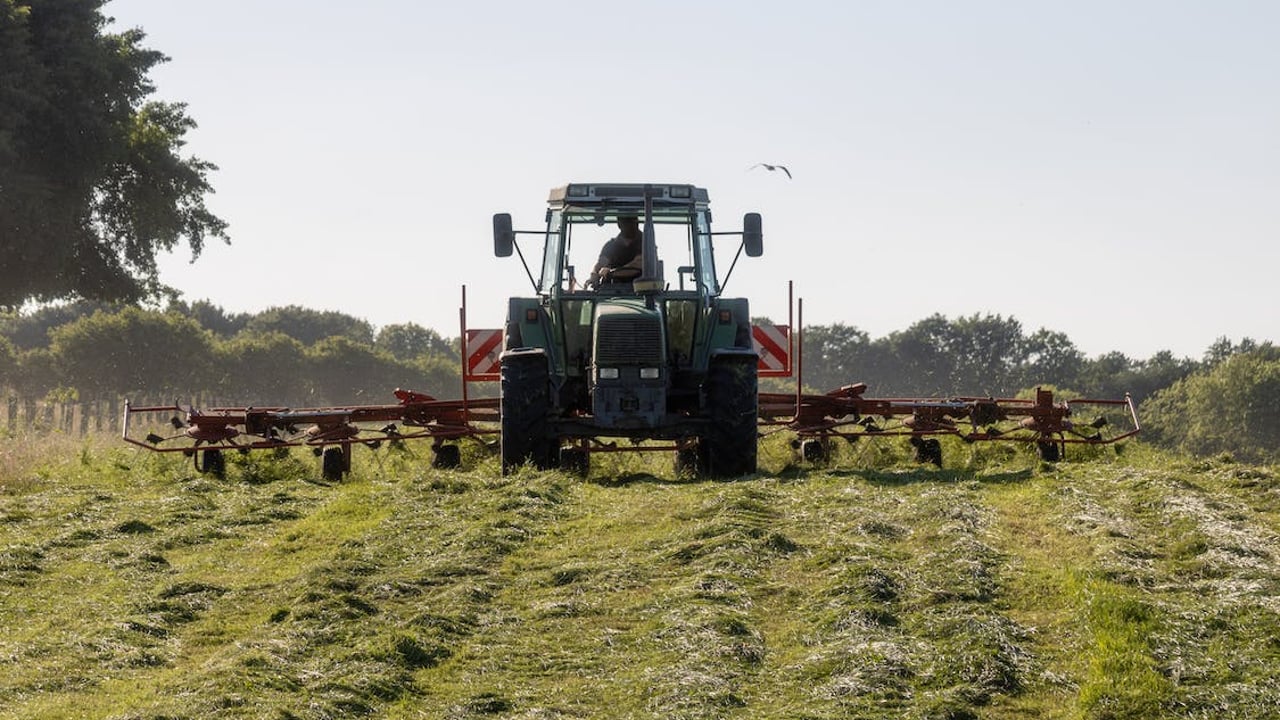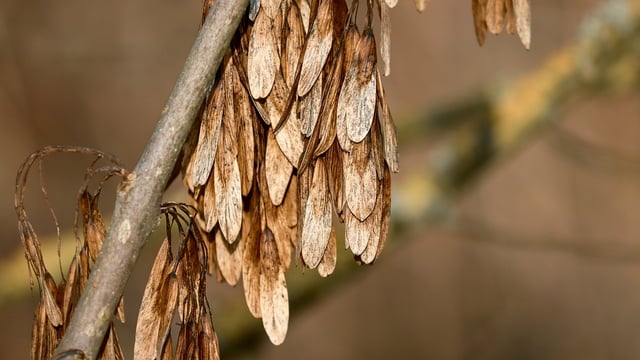Actions to take to reduce silage loss after 'wettest winter'
Farmers harvesting first-cut silage are being warned of "possible fermentation issues" and urged to take preventative action to reduce further losses following one of the "wettest winters on record".
Grass harvested in wet conditions risks lowering the silage pH and increasing the acidosis risk in cows, according to EnviroSystems’ managing director, Liz Russell.
Where early cuts are taken, there is also the danger of some slurry residues remaining on the grass, leading to undesired butyric acid fermentation, which could impair the silage quality.
Russell said that farmers should analyse their grass pre-cutting to get an idea of when to cut and what quality they could be looking at.
If the grass is wet, it may buffer the acid produced, which means it can take longer for the pH to lower to stop microbial breakdown, affecting the quality of the silage.
The managing director added:
“With the weather so changeable and forage in short supply, it may be a case for some farmers trying to harvest first cut in less than ideal conditions, which could further impact fermentation in the clamp."
She said that there is "clear advantages" to getting the grass off early, in terms of the ability to get an earlier second cut, however, there is a risk that this silage could have a lower dry matter (DM).
Russell suggested that silage additives can help speed up the fermentation process and help to reduce nutrient and dry matter loss, but it is "important" to choose the right one.
Dairy farmer from Cumbria, Martin Wannop, said when it comes to silage, his "biggest worry" has always been rain and water, as he would often pull back the sheet to discover mould.
The Health and Safety Executive for Northern Ireland (HSENI) is reminding farmers and contractors to take extra care during the silage season.
It can be a dangerous time, as tractors are drawing large amounts of silage from the fields back to the farmyard, which can result in small country roads being unexpectedly busy.
The HSENI reminded farmers of the following:
- Contractors must not allow children to ride in tractor cabs or the cabs of self-propelled harvesters;
- Young children should not be allowed to play around the farmyard or fields when silage is being made;
- Only competent drivers should be allowed to operate machinery during the silage season and the carrying of passengers should be avoided;
- Employers must also make sure they have undertaken a specific risk assessment for any young persons under the age of 18 who are working for them, which takes into consideration their experience, maturity and awareness of risks;
- All tractors and any other equipment being used at silage time needs to be properly maintained and kept in good condition.
The HSENI stated that all guards must be in place on all equipment and in particular Power Take Off (PTO) shafts must be properly guarded.
Other factors include fatigue, poor weather, inexperienced operators and difficult ground conditions, which can increase the chance of an incident occurring.





